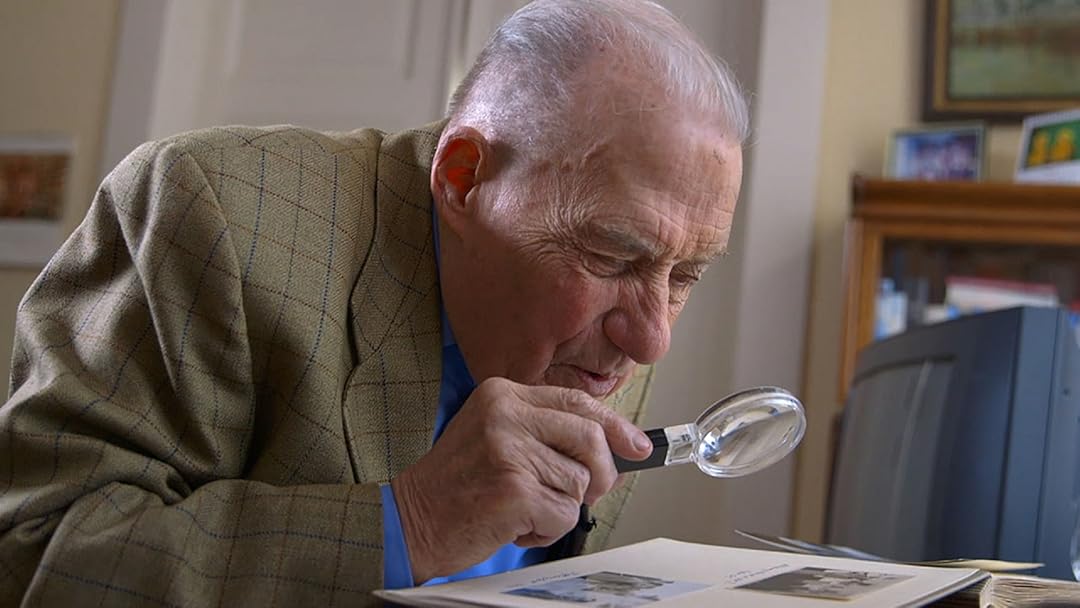Keywords: Nepal, cultural heritage, artefact theft, Mustang region, cultural preservation. Three words: Unearthing, Captivating, Documentary
Introduction
'Nepal: The Great Plunder' is a heart-rending documentary directed by Kesang Tseten and released in 2018. It exposes the rapid theft of cultural artefacts from Mustang, one of Nepal's most remote and historically rich regions. The film unveils a distressing trend of widespread looting, with stolen artefacts ending up in the hands of wealthy collectors and museums.
Synopsis
The documentary takes the audience on a journey through the isolated Mustang region, a place brimming with unique cultural heritage sites. But these sites are under threat as artefacts are being plundered at an alarming rate. The stolen treasures include religious and historical artefacts that hold immense cultural and spiritual significance to the local communities.
More Film Analysis
Analysis
'Nepal: The Great Plunder' is notable for its meticulous research and compelling storytelling. The documentary delves deep into the issue, highlighting the economic, cultural, and historical implications of the thefts. It also throws light on the international black market for stolen artefacts and the lax laws enabling this illicit trade.
Historical and Factual Context
Mustang, the region at the documentary's core, is a former Himalayan kingdom with a rich cultural history dating back centuries. The area is home to numerous Buddhist monasteries, which have become the primary targets for thieves due to their remote location and the valuable artefacts they house.
Key themes in the film
- Cultural preservation
- Impact of artefact theft on local communities
- International black market for stolen artefacts
- The role of law enforcement and legislation
Film Comparisons
'Nepal: The Great Plunder' shares similarities with documentaries like 'The Lost Leonardo' and 'The Art of the Steal', which also delve into the world of art theft. However, 'Nepal: The Great Plunder' stands out for its focus on a specific geographical region and the cultural significance of the stolen artefacts.
Noteworthy Moments
One poignant moment in the documentary is the revelation of the extent of plundering and its effects on local communities. The despair and helplessness expressed by the locals as they bear witness to the robbery of their cultural heritage is a powerful indictment of the issue.
Reviews
This documentary has been well-received for its poignant storytelling and in-depth exploration of a pressing issue. Critics have lauded it for shedding light on a lesser-known aspect of cultural preservation.
Conclusion
'Nepal: The Great Plunder' is a must-watch for anyone interested in cultural preservation, history, or the global art market. Its exploration of the theft of Nepal's cultural heritage serves as a wake-up call for the need for stronger laws and better enforcement to protect these invaluable treasures.
More film information:
FILM SUMMARY
- Genre: Documentary
PERSONALITIES
- Kesang Tseten - Director
- Local community members - Custodians of cultural heritage
LOCATIONS
- Mustang region, Nepal
Key Questions Raised by the Film:
- How can the international community help to prevent the theft of cultural artefacts?
- What can be done to strengthen laws and their enforcement regarding artefact theft?
- How has the plundering affected the local communities culturally and spiritually?
Links for Further Exploration:
I wonder what the film would be in another art form



- If this film was a famous book, it would be 'The Goldfinch' by Donna Tartt because it explores the world of art theft and its implications.
- If this film was a famous song, it would be 'Stolen Dance' by Milky Chance, reflecting the theft of cultural heritage.
- If this film was a famous piece of art, it would be 'The Scream' by Edvard Munch, symbolizing the despair and helplessness of the local communities.
- If this film was a famous celebrity, it would be Robert Langdon, the fictional symbologist, due to his expertise in art and cultural heritage.
- If this film was a color, it would be a somber grey, reflecting the loss and melancholy that permeates the story.
- If this film was a music style, it would be a haunting melody, encapsulating the sorrow and urgency of the situation.








